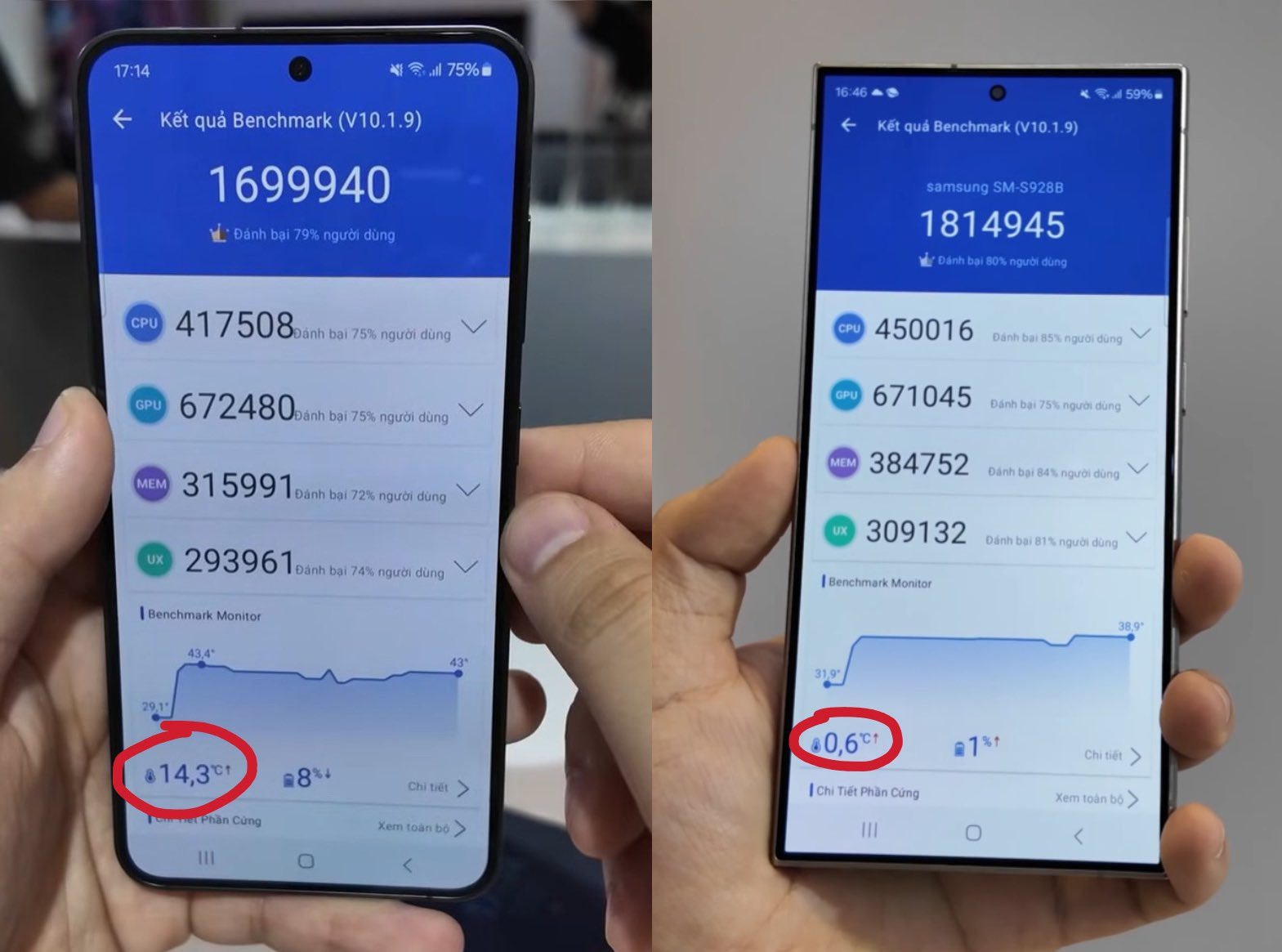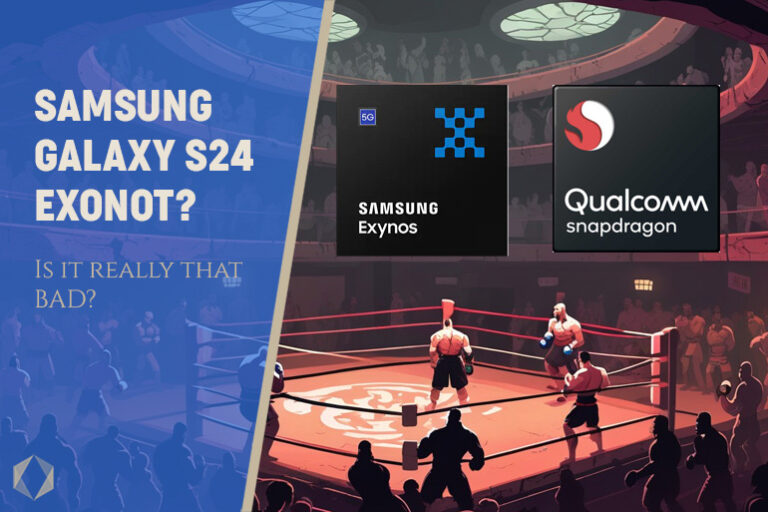The new Samsung S24 is out, and if you are not in select parts of the world (such as the US), you might have to contend with the Exynos version. This has created quite an uproar in several tech communities. The reason? Exynos is claimed to be not as good as its Snapdragon counterpart and users are claiming Samsung is trying to shove down an inferior product down their throats. What makes matters worse is that the previous iteration of Samsung’s flagship phone (Galaxy S23) was launched with the Snapdragon 8 Gen 2 processor in most markets.
But is the Exynos on the Samsung S24 really that bad? We’ll try to explore that using the information that some early adopters are reporting and compare how worlds apart are the two versions. But before we delve into that, let’s have a brief history lesson.
Time for a history lesson
When you look at the other major Android smartphone makers such as Xiaomi, and OnePlus, or champions from long-forgotten eras, such as HTC or LG, none of them have been as successful as Samsung. Samsung has been so successful at making smartphones that they have control over several parts of the value chain from displays, to batteries, to camera modules. In this vertically integrated approach, Samsung has heavily invested in semiconductor manufacturing, competing with companies like TSMC, which produces CPUs (or System on Chip – SoC, as they’re commonly known) for Qualcomm. Qualcomm, as you may know, is the company behind the Snapdragon series of SoC that you see on almost every other phone, right from budget-friendly offerings, to top-of-the-line flagship products.
Samsung has been making Exynos since the launch of its flagship Galaxy S series in 2010. Back then, the original Galaxy S was launched with a humble Exynos 3 Single. Over time, the Exynos has featured on multiple flagships from not just Samsung but even other phones like the Google Nexus.
Back around 2014-2015, the Samsung Exynos was even beating the Qualcomm counterparts left and right and making the name worthy of a flagship.
By 2019, Qualcomm had started comfortably beating the Exynos brand. The Snapdragon 855 was comfortably ahead of the Exynos 9820 on most parameters of performance and efficiency.
In 2021, the gap was bridged and the Exynos 2100 touting Samsung S21 Ultra was pretty close to the Snapdragon 888 variant.
To simplify development, Samsung decided to skip Exynos altogether on the 2023 flagship, the S23 Ultra. This one came only with a Snapdragon 8 Gen 2 processor globally and the world thought that Samsung was maybe done with its playing catch up to Qualcomm for good. But it was not to be.
Let’s talk about the Samsung S24
Come 2024 and the S24 again comes in two variants – Qualcomm SM8650-AC Snapdragon 8 Gen 3 (4 nm) for the USA/Canada/China markets and Exynos 2400 (4 nm) for the rest of the world. This has led to such a huge uproar on the internet that several users are recommending getting the S23 instead. But is the uproar justified?
A user on Reddit that goes by the handle of u/vsshal7 posted AnTuTu scores for both the S24 and S24 Ultra. The S24 comes with the Exynos 2400 and the Ultra touts the Qualcomm processor instead.


The run makes it quite evident that the Qualcomm variant outperforms the Exynos. There is, of course, the difference between the two models since the S24 Ultra is the more premium variant and perhaps might have better internal thermal management.
Another user also noted that the Exynos was about 29°C at the start while the S24 Ultra was about 32°C at the start, which is around a 3°C difference. In the end, the Exynos variant reached about 43°C, while the Snapdragon variant stayed at 39°C. The overall temperature rise in the Exynos variant is almost double at 14°C, as compared to about 7°C in the other variant. This is more worrisome since poor heat management can result in throttling and degraded performance over time.
Another Geekbench 6 report was released over the weekend which shows that the two processors are really close in performance and Samsung seems to have closed the gap significantly. Exynos 2400 scored 2046 in the single-core test and 6,687 in the multi-core test. Meanwhile, the version with Snapdragon 8 Gen 3 scored a bit higher at 2,228 in the single-core test and 6,858 in the multi-core test.
When tested on the CPU throttling test, the Exynos 2400 was seen getting throttled to 72% of its maximum performance. On the other hand, the Snapdragon 8 Gen 3 throttled to 82% of its maximum performance. This again indicates better heat management on the Snapdragon version which might impact performance when used for prolonged duration of time.
Conclusion
In terms of performance, there seems to be some gap but not enough to warrant a complete boycott of the Exynos variant. Yes, the Snapdragon version seems to be better but the difference seems to be not out of the world. Our opinion would be to still get the S24 even in its Exynos avatar for seven years of upgrades and the free generative AI feature (at least till the end of 2025). If that doesn’t mean much to you, getting last year’s S23 Ultra isn’t a bad proposition either. Although it will be slower than the new Exynos, you get an extra camera or two, a better battery, and a larger phone (literally). You can also pick the North American variant of the phone if you want and settle the debate for good.



